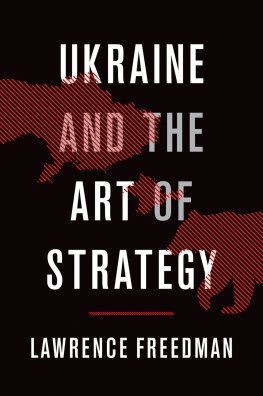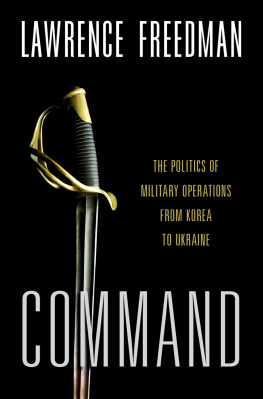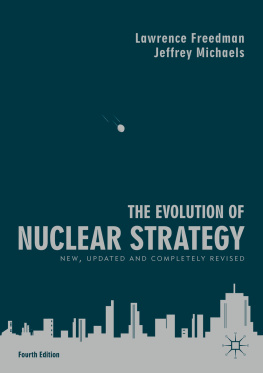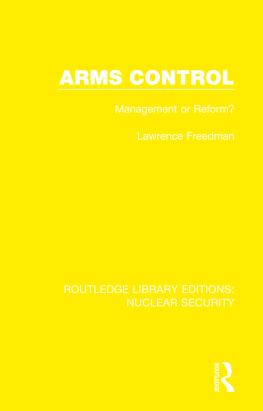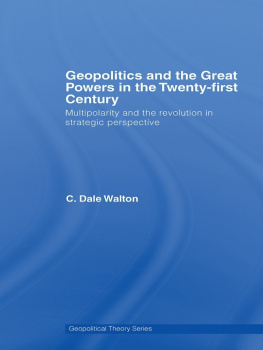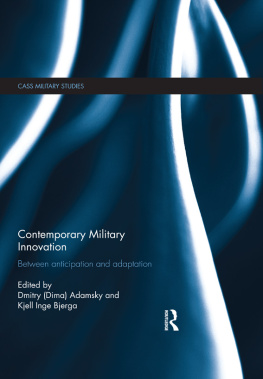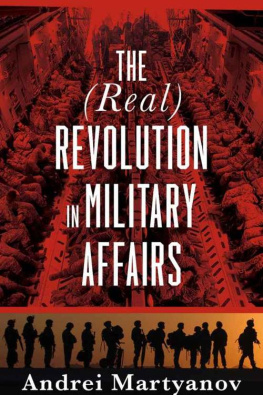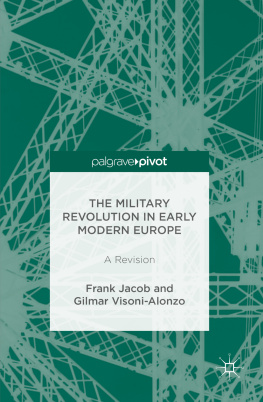Lawrence Freedman - The Revolution in Strategic Affairs
Here you can read online Lawrence Freedman - The Revolution in Strategic Affairs full text of the book (entire story) in english for free. Download pdf and epub, get meaning, cover and reviews about this ebook. year: 2023, publisher: Routledge, genre: Science / Politics. Description of the work, (preface) as well as reviews are available. Best literature library LitArk.com created for fans of good reading and offers a wide selection of genres:
Romance novel
Science fiction
Adventure
Detective
Science
History
Home and family
Prose
Art
Politics
Computer
Non-fiction
Religion
Business
Children
Humor
Choose a favorite category and find really read worthwhile books. Enjoy immersion in the world of imagination, feel the emotions of the characters or learn something new for yourself, make an fascinating discovery.

- Book:The Revolution in Strategic Affairs
- Author:
- Publisher:Routledge
- Genre:
- Year:2023
- Rating:4 / 5
- Favourites:Add to favourites
- Your mark:
The Revolution in Strategic Affairs: summary, description and annotation
We offer to read an annotation, description, summary or preface (depends on what the author of the book "The Revolution in Strategic Affairs" wrote himself). If you haven't found the necessary information about the book — write in the comments, we will try to find it.
Rapid developments in information technology and precision weaponry are said to herald a revolution in military affairs (RMA), making possible quick and decisive victories with minimal casualties and collateral damage. But has such a revolution taken place? The issues that drive conflict will persist, and many of the technical advances associated with the RMA will not necessarily produce a transformation in the nature of warfare. The end of the Cold War has highlighted another revolution one in political affairs. Major powers appear less likely to go to war with one another than they are to intervene in conflicts involving weak states, with potential opponents including militia groups, drug cartels and terrorists. RMA technology may be less suited to conflicts such as these.
If the cumulative effect of these changes has produced a revolution, it is a revolution in strategic, as much as military, affairs. This paper argues that:
- the RMA is the practical expression of a Western Way of Warfare, the key features of which are: professional armed forces; intolerance of casualties; and intolerance of collateral damage
- the key technological and conceptual components of the RMA were in place by the early 1970s. The trend has therefore been evolutionary, rather than revolutionary. The significant difference is in the new political setting of the end of the Cold War, and the revolution in perceptions of Western particularly US conventional military strength brought about by the Gulf War of 1991
- the Gulf conflict could mark the start of a true revolution if future battles offer similar opportunities to exploit the RMAs technology. However, since the US and its allies appear unbeatable when fighting on their own terms, future opponents will fight differently
- the West will therefore face opponents who will follow strategies that contradict the Western Way of Warfare. They will avoid pitched battles, will exploit the Wests reluctance to inflict civilian suffering, and will target their opponents domestic political base, as much as its forward troops.
The problem for the West is not how to prevail, but how to do so in an acceptable manner. The more warfare becomes entwined with civilian activity, the more difficult it is to respond with the type of decisive and overwhelming military means embodied in the RMA. The RMA does not create a situation in which information is the only commodity at stake, and so does not offer the prospect of a virtual war. The new circumstances and capabilities do not prescribe one strategy, but extend the range of strategies available. The issue underlying the RMA is the ability of Western countries, in particular the US, to follow a line geared to their own interests and capabilities.
Lawrence Freedman: author's other books
Who wrote The Revolution in Strategic Affairs? Find out the surname, the name of the author of the book and a list of all author's works by series.

